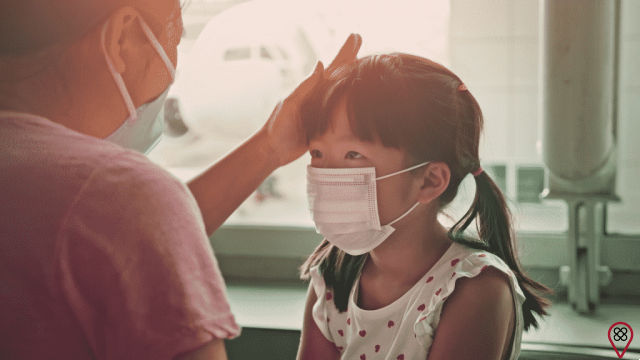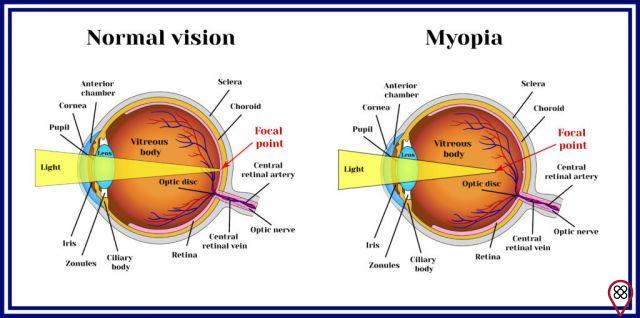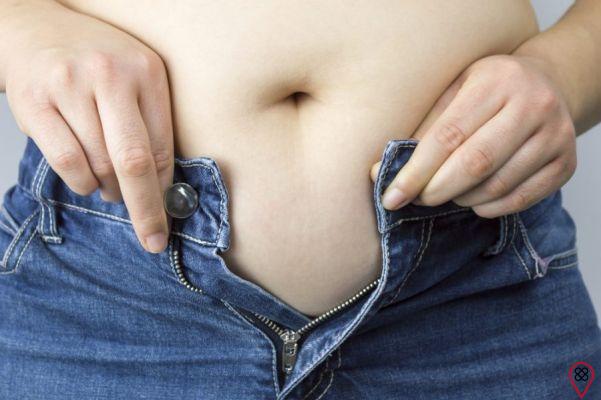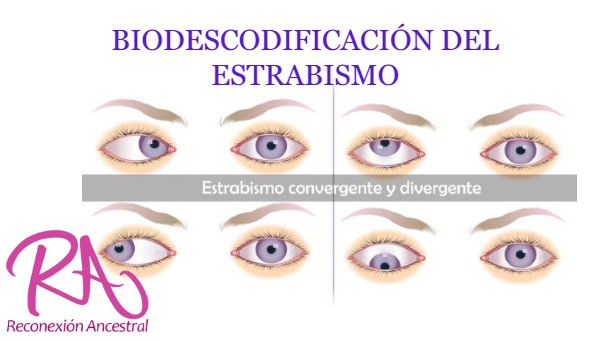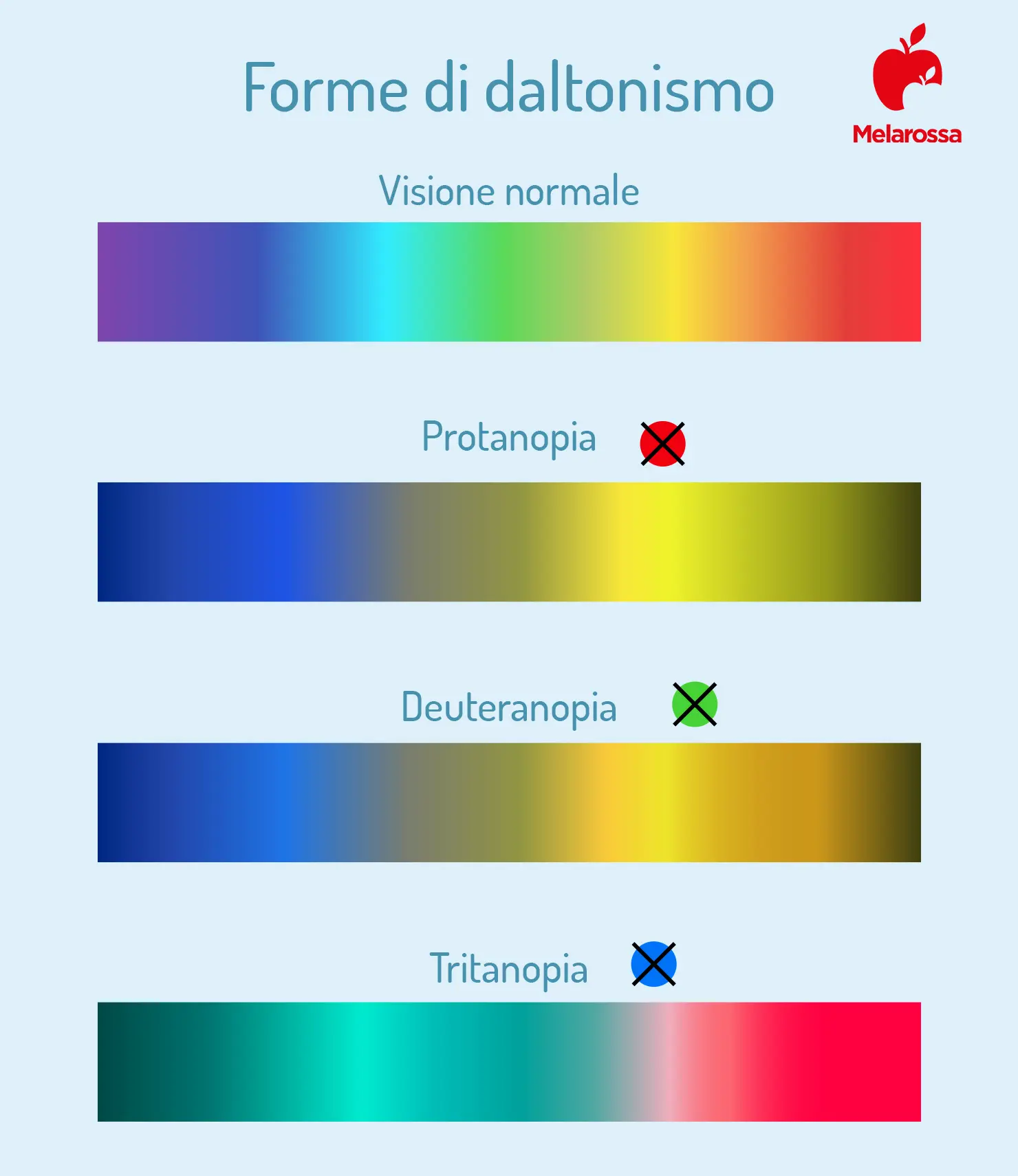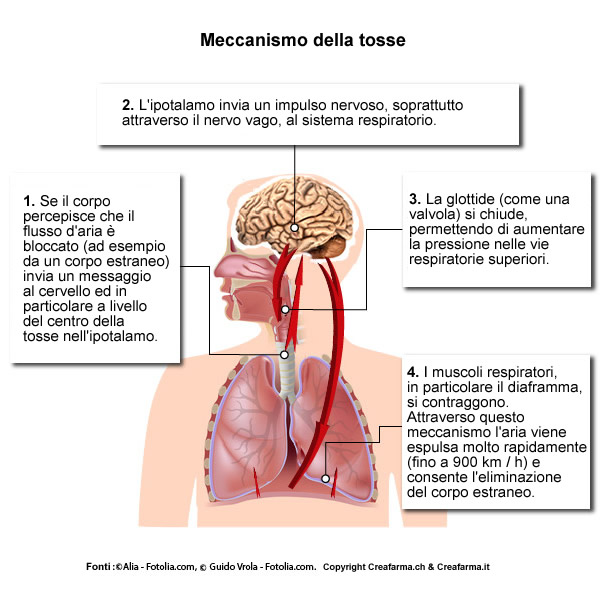Only those who have had a fracture, that is, have broken a bone, know how painful this is and how long and tiring recovery can be... fracture? And those causes are emotional!
According to a theory called Body Language, developed by author Cristina Cairo, all our emotions, our feelings and our thoughts have an impact on our body, helping or harming its functioning.
And this is no different with fractures, because some situations in our lives can “weaken” the bones, making them more vulnerable to fractures, which can be quite dangerous. So, understand how our emotional can cause fractures and how each bone is vulnerable to them. Check out!
Fractures and body language
According to Cristina Cairo and Linguagem do Corpo, bone fractures are related to the way we relate to our parents or our children, because they represent a breach of authority, usually a consequence of feelings of anger and rebellion.
When they happen to children, according to Cairo, parents need to turn to themselves and analyze their behavior, which may be causing these feelings of rebelliousness and anger in children.
If the fracture is on the right side, according to her, it indicates parental resentment towards a woman; and, with men, if the fracture is on the left side of the body. According to Cairo, children up to seven years old are more emotionally influenced by their mother, while children aged seven to fourteen are more influenced by their father.

To understand how each type of fracture is related to our emotional state, check out the topic below.
Symbology of fractured parts
Fractures in different parts of the body have different meanings, because each part of our body relates differently to our emotions. In this way, check out the influence that relationships with our parents or the way we behave with parents influence different types of fractures:
Head: there is a conflicted relationship with stubborn and rational parents and with little room for subjectivity. In addition, they are hard-headed and perfectionists, being quite demanding and setting very high standards for their children. They are parents who do not bow before authorities.
Arms: parents are figures who make sudden breaks with some authority figure or who are not afraid to break away from situations that limit their work and ambition, being, at times, somewhat reckless.
Hands: characteristics similar to those mentioned above, in fractures in the arms, but with the addition that here there is a great attention and influence of details, especially in the development of business and day-to-day tasks.
Fingers: each fractured finger is influenced by a different emotion. Check out what they are:
Little finger (little finger): disharmony and frustration in the family environment;
Ring finger: disharmonies in affective relationships, such as between couples;

Middle finger: sexual conflicts between parents or between responsible figures for the child. It may include anger at the partner and an unconscious desire to break away from the relationship;
Pointer finger: accusing parents who blame their own children for the sufferings that afflict them;
Thumb: exactly the same meaning as head fracture (see first topic);
Toes: exactly the same meanings as fingers, but in relation to the future, including problems with anxiety.
Hips: parents who lack emotional stability, who make bad decisions and repress emotional pain caused by authority figures in their own lives.
You may also like
- Discover the rebellion that lives inside every act of courage
- Uncover the relationship between selfishness and color blindness
- Learn to interpret and respect your body's stories and languages
Femur: problems with parents who are very greedy, that is, hands-off and attached to financial matters and money. In addition, they are very strict parents with discipline and with the conduct of their children.
Thighs: represents rebellious parents, who, in the past, have broken up with authority figures who have disrupted their lives, either in the family or in their careers.
Legs: parents who decide to break off relationships with someone, with some situation or with some environment that has been impeding their development towards a better future.
Ankles: conflicting relationships with inflexible parents, who do not accept their children's behavior and freedom, as they always want them to be molded in their own way.
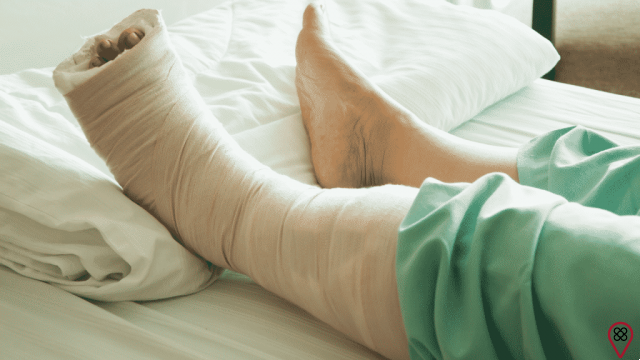
Feet: parents who adopt behaviors considered childish when they have to deal with problems, in addition to having difficulty understanding life and always putting themselves in the role of victim.
Column: parents who are very proud and/or who carry deep hurts, usually the result of a rupture of ties that caused disharmony, aggression and violence.
According to body language, these are the main associations we can make between fractures and our emotions and relationships with our parents. However, remember: if you have fractured any part of your body, seek medical attention immediately so that, after you are taken care of and more comfortable, you can analyze the meaning of this fracture.






